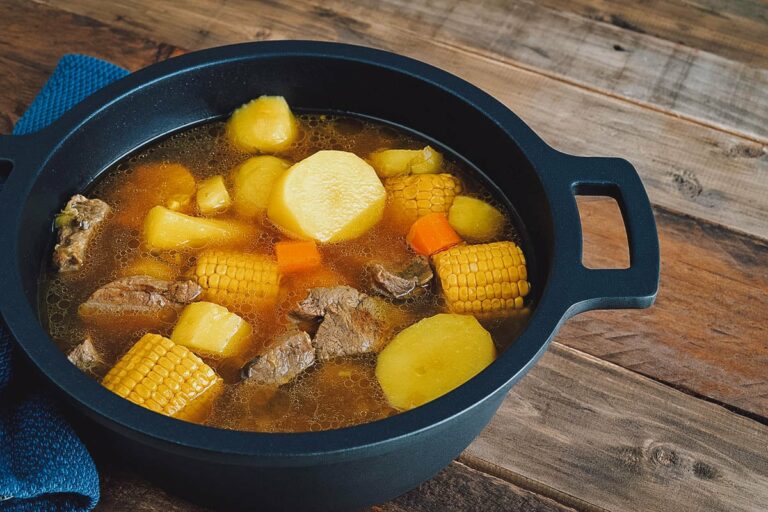Introduction: Street Food in Colombia
Street food is an integral part of Colombian culture and cuisine. From the bustling cities of Bogota and Medellin to the coastal cities of Cartagena and Santa Marta, the streets are lined with vendors selling delicious and affordable food. However, with the rise of foodborne illnesses, many people are concerned about the safety and hygiene of street food in Colombia.
Colombian Street Food Culture
Street food in Colombia is a reflection of the country’s diverse culinary traditions and cultural influences. Some of the most popular street foods include empanadas (deep-fried pastry stuffed with meat or cheese), arepas (corn cakes filled with cheese or meat), and churros (fried dough pastry coated in sugar). Vendors often set up their carts or stalls in busy areas like plazas, markets, and near bus stations, making it easy for people to grab a quick and tasty meal on the go.
Hygiene Standards for Street Food Vendors
The Colombian government has set up strict hygiene standards for street food vendors to ensure that the food sold is safe for consumption. Vendors are required to have a food handler’s permit, which means they have undergone training on proper food handling, storage, and preparation. They must also follow basic hygiene practices like wearing gloves, hairnets, and aprons, and have access to clean water and soap for handwashing.
How to Identify Safe Street Food
One of the best ways to identify safe street food is to look for vendors who have a clean and organized cart or stall. The food should be stored in clean containers and covered to protect it from dust and insects. Avoid buying food that has been sitting out for a long time or is lukewarm, as this can increase the risk of foodborne illness. Finally, it’s important to trust your gut – if something doesn’t look or smell right, it’s best to avoid it.
Common Street Food Safety Concerns
One of the biggest concerns with street food is the risk of contamination from bacteria, viruses, and parasites. This can happen when vendors use dirty utensils or don’t wash their hands properly. Another concern is the presence of allergens like peanuts or shellfish in the food, which can be dangerous for people with food allergies. Finally, street food can sometimes be cooked using unclean fuel sources like charcoal or wood, which can lead to respiratory problems.
Government Regulations and Inspections
The Colombian government has established a regulatory body called the National Institute of Food and Drug Surveillance (INVIMA) to oversee food safety and hygiene in the country. INVIMA conducts regular inspections of street food vendors to ensure they are complying with the regulations and guidelines. Vendors who fail to meet the standards can face fines, closures, or even criminal charges.
Steps to Ensure Safe Street Food Consumption
To minimize the risk of illness from street food, it’s important to take certain precautions. Always wash your hands before and after eating, and bring hand sanitizer with you in case there is no access to clean water. Avoid eating raw or undercooked meat, and choose foods that are cooked to order. Finally, stick to vendors who have a good reputation and who are busy with customers – this is a sign that their food is fresh and safe.
Conclusion: Enjoying Street Food in Colombia Safely
Street food is a beloved part of Colombian culture, and with the right precautions, it can be enjoyed safely. By following simple guidelines like choosing vendors carefully, washing your hands, and avoiding risky foods, you can savor the delicious flavors of Colombia without worrying about getting sick. So next time you’re in Colombia, don’t be afraid to try some of the amazing street food – just remember to be smart and stay safe!

